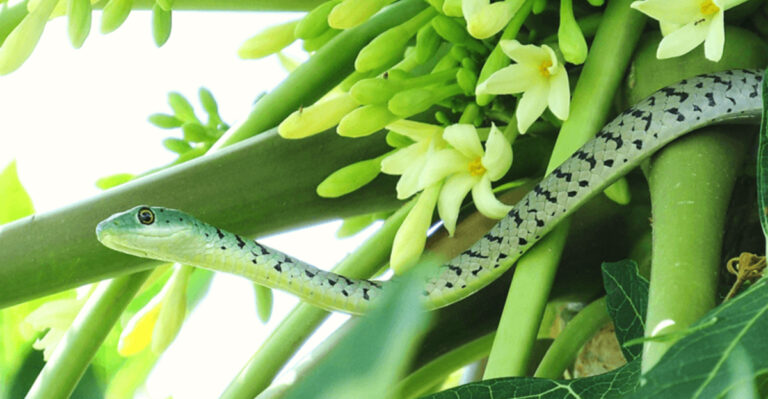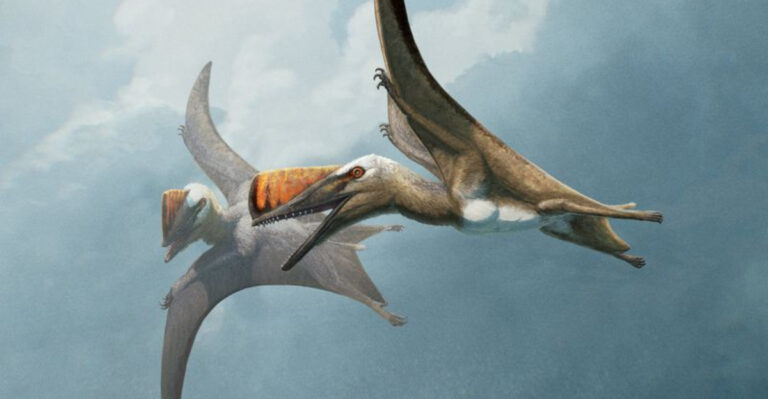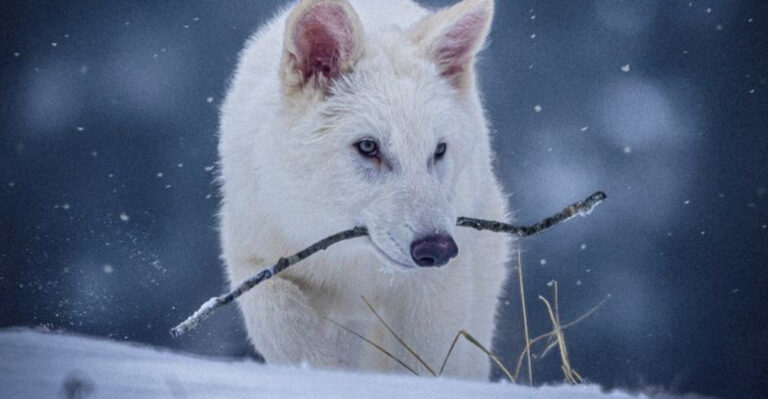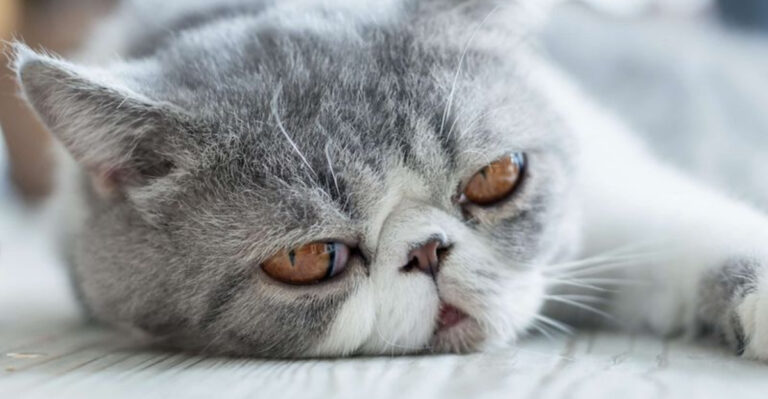Why Pudu Are So Rare And Hard To Spot In The Wild
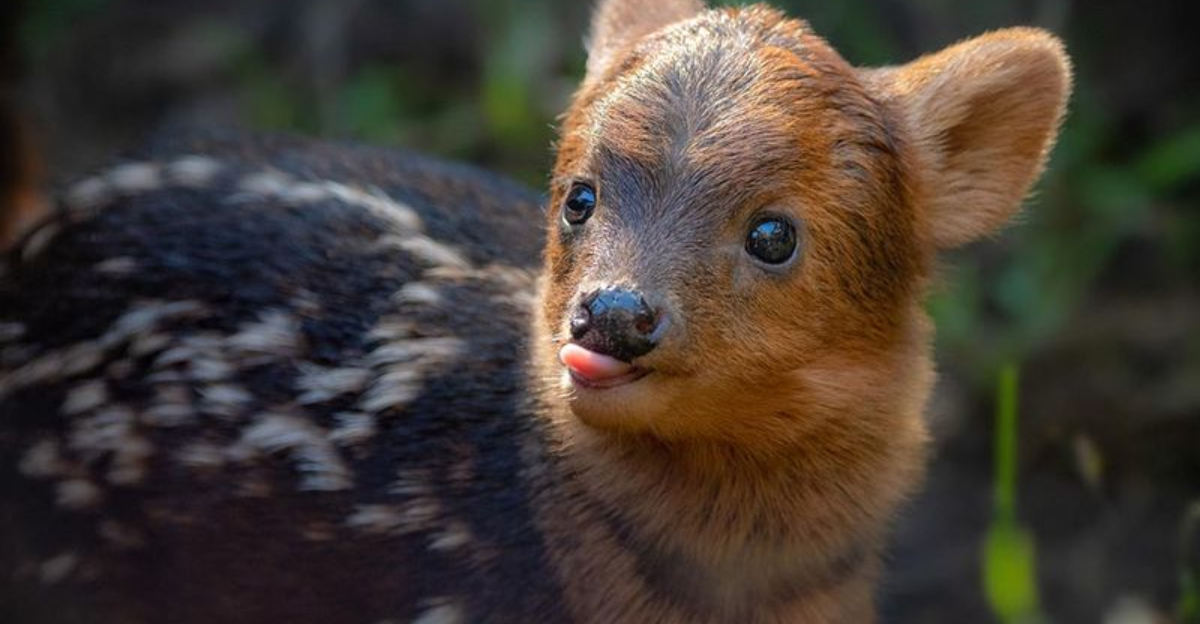
Hidden in the dense forests of South America lives the pudu, the world’s smallest deer species. These tiny creatures are among nature’s most secretive animals, rarely glimpsed by even the most dedicated wildlife enthusiasts.
Their rarity isn’t just a matter of small population size – it’s a fascinating combination of evolution, behavior, and habitat that keeps them hidden from human eyes.
1. They’re The Smallest Deer On Earth
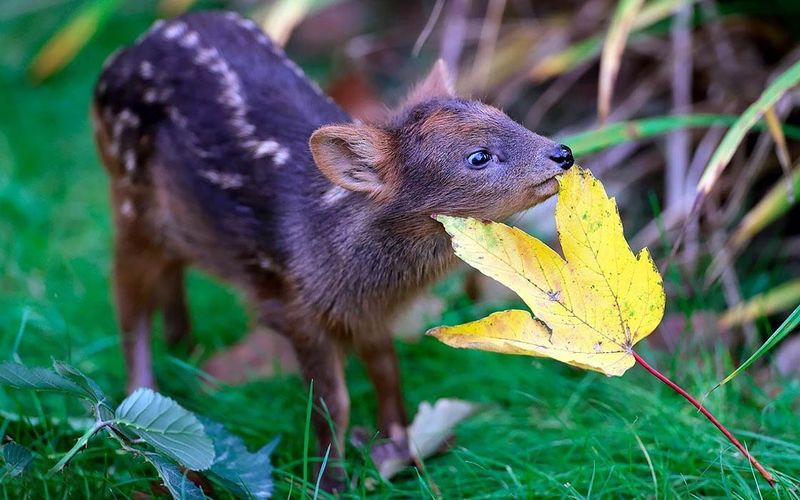
Imagine a deer that could fit comfortably in your backpack! Pudu stand just 10 to 17 inches tall at the shoulder, making them incredibly difficult to spot among forest vegetation.
Their diminutive size allows them to slip beneath dense underbrush where larger animals can’t follow. Even experienced wildlife guides often miss these tiny creatures hiding right under their noses.
2. Habitat Is Deep In Dense Forests
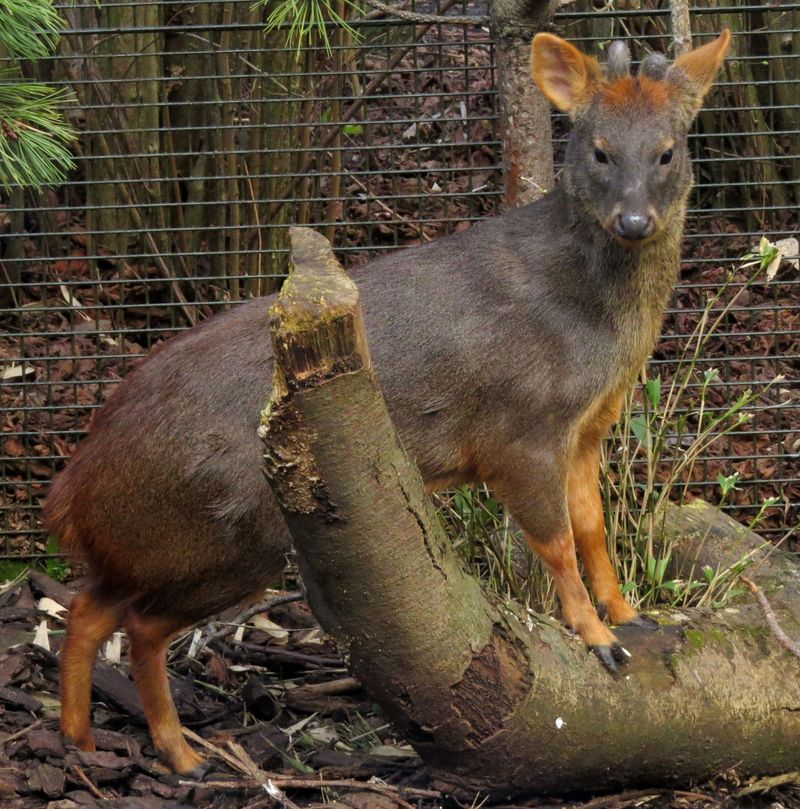
Pudu thrive in the most impenetrable parts of South American temperate rainforests. The thick undergrowth of Chilean and Argentinian woodlands provides perfect cover for these secretive creatures.
Few humans venture into these remote areas, and those who do face challenging terrain. The pudu’s preferred habitat features tangled vegetation so dense that visibility is limited to just a few feet in any direction.
3. They’re Nocturnal And Crepuscular

Morning mist still hangs in the air when pudu begin their daily activities. These tiny deer avoid the daylight hours when most wildlife watchers are active, preferring instead the shadowy realms of dawn and dusk.
By nightfall, they’re in full foraging mode while humans retreat to campsites. This twilight lifestyle means even dedicated wildlife photographers miss capturing them on film.
4. Solitary By Nature
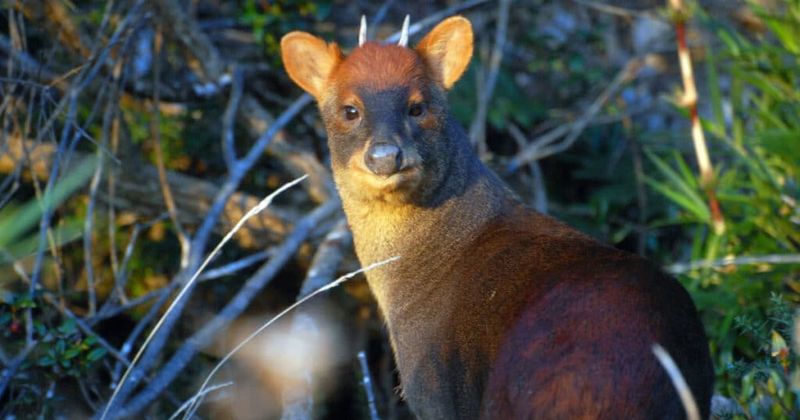
Unlike deer species that gather in herds, pudu prefer their own company. Each animal maintains a personal territory, only seeking others during brief mating seasons.
This solitary lifestyle dramatically reduces your chances of spotting one. Where other wildlife might reveal their presence through group movements or social interactions, the lone pudu leaves minimal evidence of its existence.
5. Excellent Camouflage
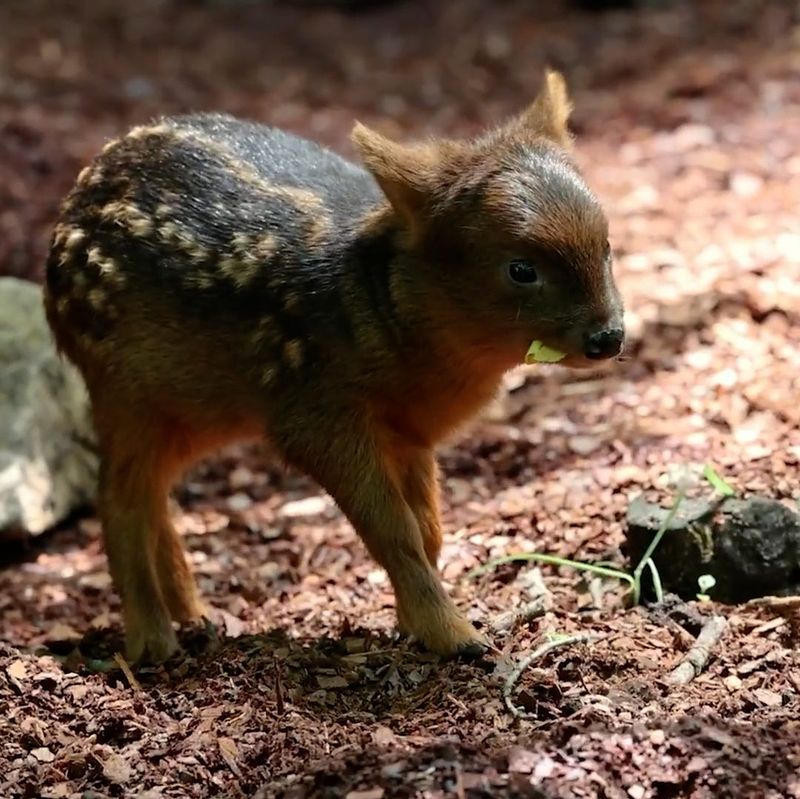
Mother Nature blessed pudu with the perfect forest disguise. Their reddish-brown coats blend seamlessly with the fallen leaves and shadows of their woodland homes.
The subtle coloration breaks up their outline against forest debris. Even when standing completely still in plain sight, a pudu might register to human eyes as nothing more than another patch of dappled forest floor.
6. They Freeze When Threatened
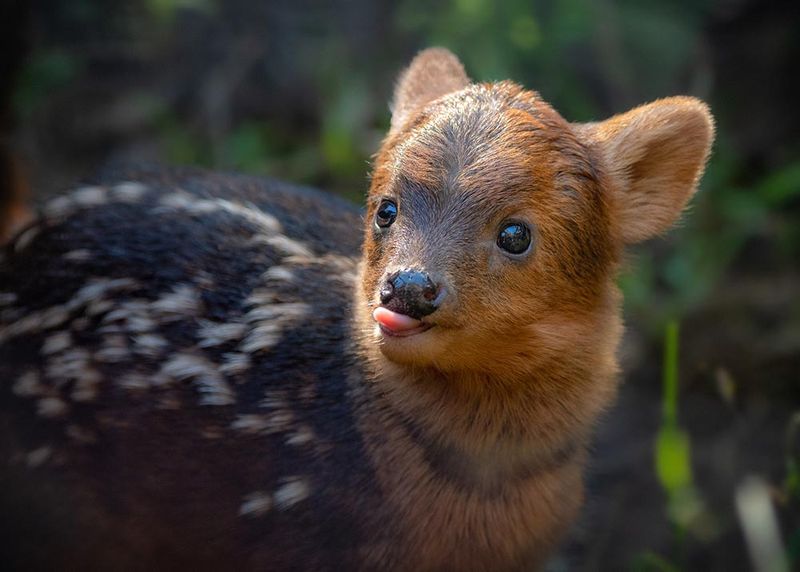
Pudu have mastered the art of becoming invisible through absolute stillness. When danger approaches, they don’t bolt like other deer—they freeze completely.
Not a muscle twitches, not a breath seems to stir. This remarkable adaptation means that even if you’re looking directly at a hiding pudu, your brain might filter it out as just another stationary object in the landscape.
7. Masters Of Silent Movement
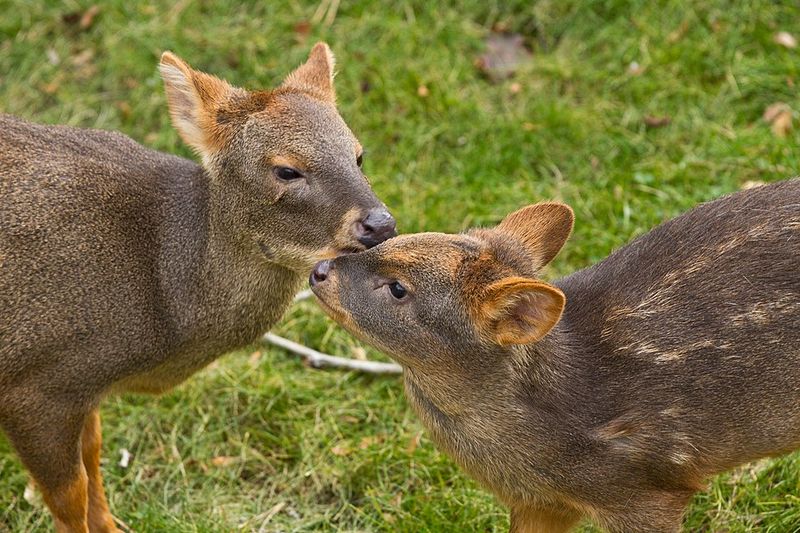
Ghost-like in their movements, pudu can navigate dense forest without making a sound. Their tiny hooves place each step with precision, avoiding twigs and dry leaves that might announce their presence.
Even their breathing seems hushed compared to other forest dwellers. This silent lifestyle means traditional tracking methods fail – you can’t follow what you can’t hear.
8. Shrinking Habitats Push Them Further Away

Forests that once sheltered abundant pudu populations now face fragmentation from human development. Logging operations and agricultural expansion have forced these shy creatures into increasingly remote pockets of wilderness.
Roads cutting through forests create barriers they rarely cross. As human presence expands, pudu retreat deeper into the remaining forest fragments, making encounters with people increasingly rare.
9. Extremely Skittish Around Humans

Pudu possess hearing so sensitive they can detect an approaching hiker from hundreds of yards away. Their evolutionary response to potential threats is immediate retreat—no second chances, no curiosity.
A single snapped twig sends them vanishing into the undergrowth. Unlike some wildlife that grows accustomed to human presence, pudu maintain their wariness throughout their lives, making habituation to researchers nearly impossible.
10. They Leave Almost No Trace
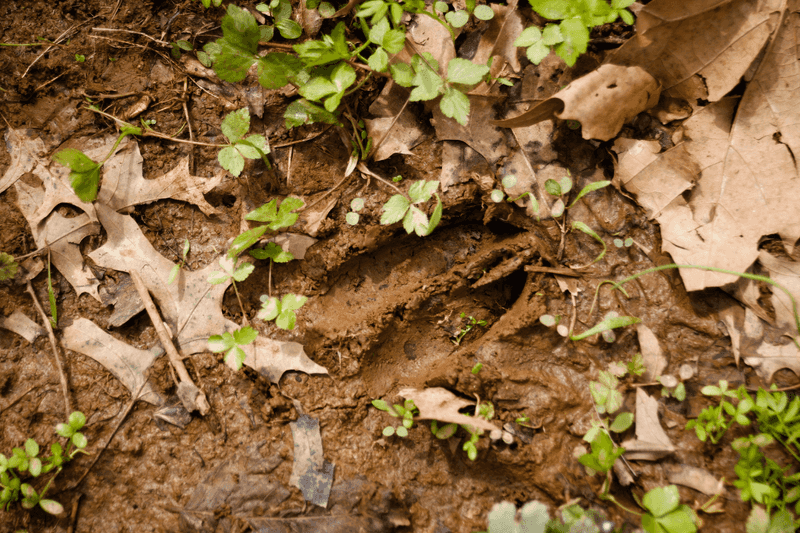
Tracking a pudu challenges even expert wildlife biologists. Their footprints measure barely an inch long—easily confused with marks left by small rodents or obscured by falling leaves.
Unlike larger deer, they don’t create obvious game trails through vegetation. Even their droppings are tiny and quickly decompose in the humid forest environment, making evidence of their presence frustratingly ephemeral.
11. Predators And Competition Limit Numbers
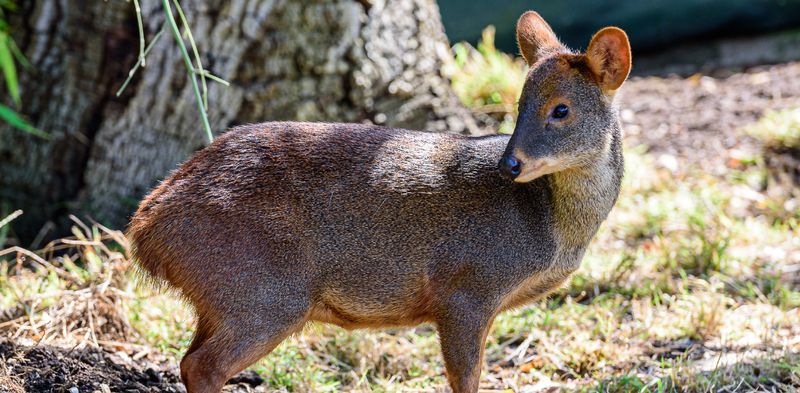
Life as nature’s smallest deer comes with constant dangers. Pumas, foxes, and wild cats all hunt pudu, keeping their populations naturally sparse across their range.
Introduced species like dogs and boars compete for limited resources. Climate change brings new challenges too, altering the delicate forest ecosystems they depend on for survival and pushing their already small numbers toward concerning lows.
12. Slow Reproduction Rates

Female pudu give birth to just one fawn annually after a seven-month pregnancy. This conservative reproductive strategy means population growth happens at a glacial pace.
Baby pudu remain vulnerable to predators despite their mother’s protective care. With such limited offspring production, even small disturbances to their habitat can have outsized impacts on local populations, making these deer naturally uncommon.
13. Even Camera Traps Struggle To Capture Them
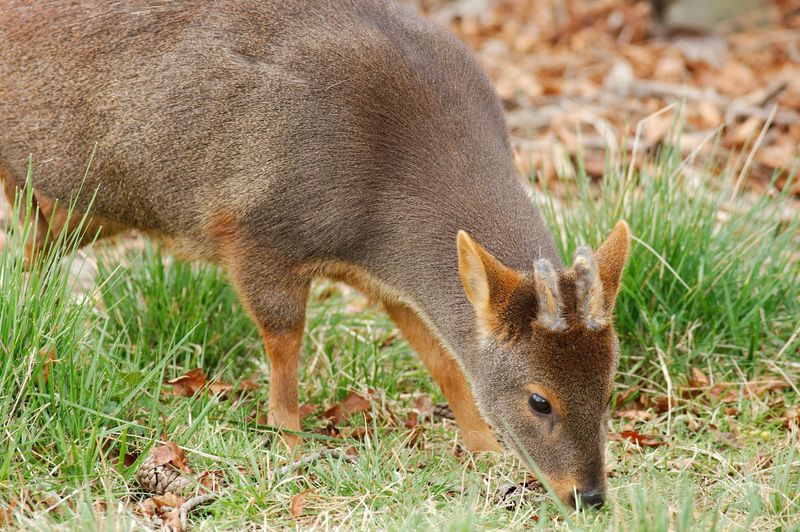
Wildlife researchers deploy sophisticated motion-triggered cameras throughout pudu habitat, yet often retrieve memory cards containing nothing but empty forest scenes. Their small size frequently fails to trigger sensors designed for larger animals.
When cameras do activate, they often catch just a blur or partial image. Some research stations report just one or two clear pudu photos per year despite hundreds of camera-trap days.

